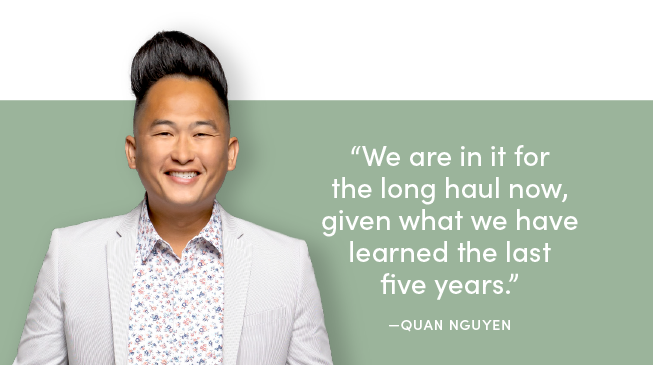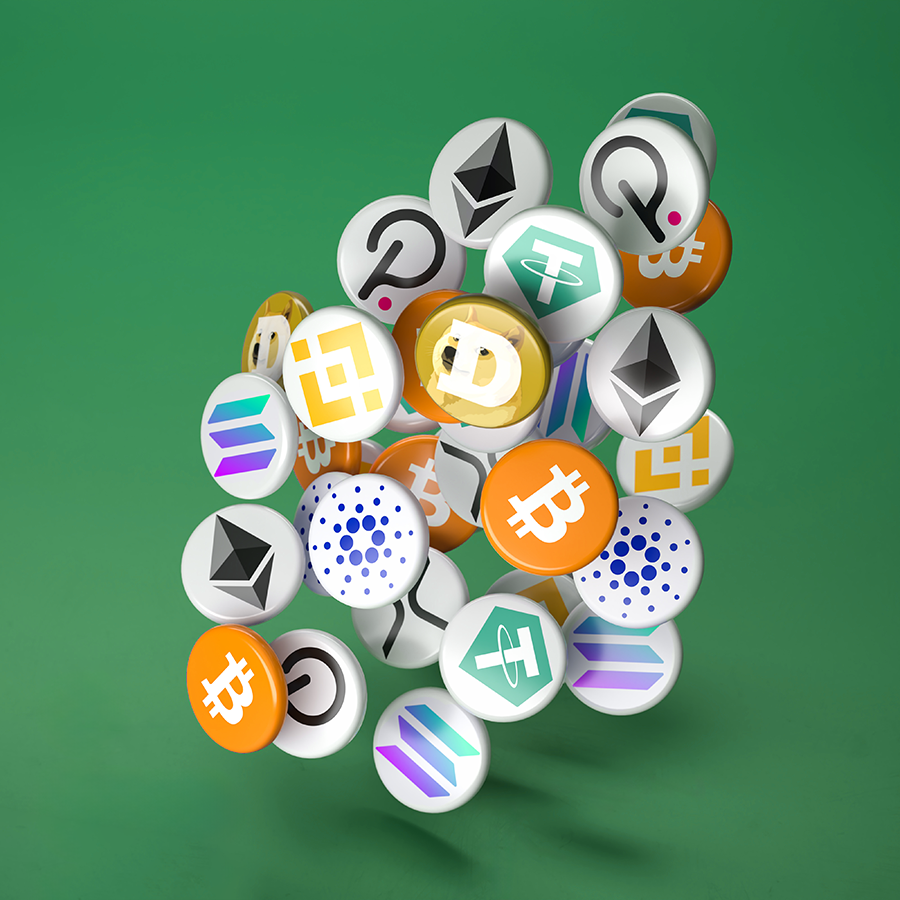Decoding Digital Currency: Insights and Impacts on Modern Finance
When Bitcoin first hit the scene in 2009, people could buy 5,050 Bitcoins for $5.02 via PayPal, or $0.00099 per Bitcoin. Being so cheap and thinking he was getting a deal, my husband’s co-worker used a Bitcoin to purchase an adult site. Today, that Bitcoin is worth $69,293.34. I hope it was worth it.
In the digital age, the concept of money is undergoing a transformation that could reshape our economic landscape. As Forbes reports, the rise of cryptocurrencies like Bitcoin (BTC), Ethereum (ETH) and Central Bank Digital Currencies (CBDCs) in more than 100 countries signals a pivotal shift from physical to digital money.
What is Digital Currency?
Digital currency represents money in electronic form that exists solely within digital platforms, unlike traditional money, which circulates in both physical and electronic forms. This means you cannot convert digital currencies into physical form like you can with the money in your bank account.

Advantages of Digital Currencies
Speed and Accessibility: Digital currencies can be transferred almost instantly and are accessible 24/7, unlike traditional bank transfers.
Reduced Costs: They promise lower transaction fees, particularly in international transfers and those outside the traditional banking system.
Challenges and Considerations
The shift to digital currency is not without challenges. The learning curve for new users, the need for secure digital storage solutions and the volatility seen in cryptocurrencies are significant barriers. Additionally, according to Forbes, the energy-intensive nature of cryptocurrencies like Bitcoin raises environmental concerns, although this would be less of an issue with centrally controlled CBDCs.
Insights from the Field
Duct-Man Mechanical owner Quan Nguyen is a leader in his industry, but he’s much more than your average businessman. He’s always looking for the next opportunity to create, grow and succeed — and digital currency fits the bill.
Quan’s journey into cryptocurrency began with Bitcoin.
“We first invested in Bitcoin, however I did not buy it at a few hundred dollars,” he says. “We finally purchased it when it was $10,000 in 2020 and held on to it as the market fluctuated, and continue to buy and sell multiple coins to this day.”
This initial investment marked the beginning of a learning curve and a strategic evolution in his approach to digital currencies. Today, Quan views cryptocurrency as a long-term investment.
“We are in it for the long haul now, given what we have learned the last five years,” he says. “It’s all about riding the highs, to riding the lows, and know that if we truly believe that it’s going to be there for a long time, we have to make sure that we are following the layout that we want to follow.”
Despite the enthusiasm, Quan remains skeptical about cryptocurrency becoming a universal medium of exchange, especially among different economic classes.
“Unfortunately, I do not believe that crypto will be the next monetary value that will be used with everyone,” he says. “I believe in the near future, upper middle class may do this, but since it’s not backed by anything, the middle and lower class will still be utilizing cash.”
Quan says several challenges and security concerns associated with cryptocurrencies exist. At the top of his list: the lack of backing by physical assets, the prevalence of scams and platform complexities.
“Some of the challenges are not having the currencies backed by anything like cash is to gold,” he says. “There are a lot of scams out there. You have to make sure you trade on more knowledgeable platforms like Kraken, Coinbase, Cashapp or even Robinhood.”
Looking forward, Quan is optimistic about the growth of cryptocurrencies, anticipating more widespread adoption and integration into financial systems.
As of May 2024, the top 10 most popular cryptocurrencies by market capitalization are as follows:
Bitcoin (BTC): Known as the first cryptocurrency, Bitcoin remains the most valuable and widely recognized digital asset.
Ethereum (ETH): Ethereum is notable for its introduction of smart contracts, which allow decentralized applications to run on its blockchain.
Tether (USDT): Tether is the most prominent stablecoin, pegged to the US dollar to maintain a stable value.
Ripple (XRP): Ripple aims to enhance the speed and reduce the costs of international transactions.
Dogecoin (DOGE): Originally started as a meme, Dogecoin has gained popularity due to its community support and occasional backing by high-profile individuals like Elon Musk.
Avalanche (AVAX): Known for its high throughput and low transaction fees, Avalanche supports a variety of decentralized finance (DeFi) applications and has been gaining traction for its scalability.
Quantum Resistant Ledger (QRL): This cryptocurrency focuses on security, specifically protecting against potential future threats from quantum computing.
NEAR Protocol (NEAR): NEAR aims to address scalability and usability challenges in blockchain technology, facilitating the creation of decentralized applications that are as performant as traditional web apps.
Polkadot (DOT): Designed to enable different blockchains to transfer messages and value in a trust-free fashion, Polkadot is aimed at making a web where our data is our own and isn’t stored on a server owned by an intermediary company.
Litecoin (LTC): Created as the “silver to Bitcoin’s gold,” Litecoin offers faster transaction confirmation times and a different cryptographic algorithm compared to Bitcoin.

